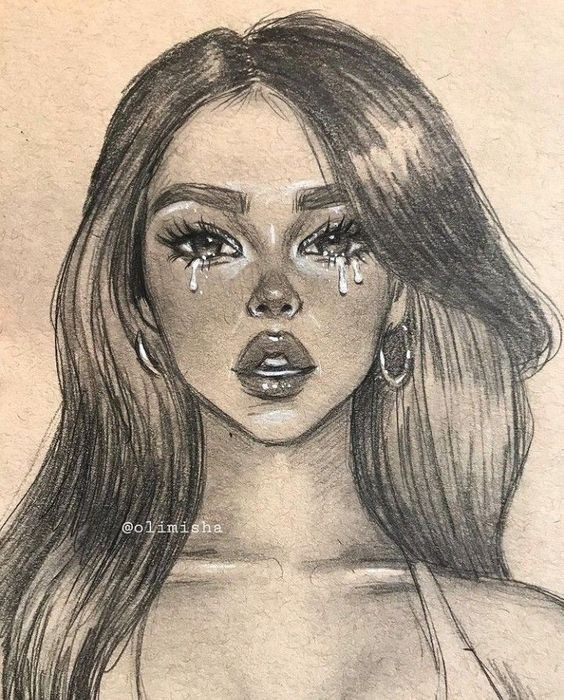Realistic Drawing: A Journey into Precision and Detail
Realistic drawing, often referred to as photorealism or hyperrealism, is an art form that seeks to replicate life with meticulous attention to detail, texture, and proportion. This genre of drawing goes beyond simple representation; it aims to capture the essence of the subject, often making the viewer question whether they are looking at a drawing or a photograph.
The Essence of Realism
At its core, realistic drawing is about observation. Artists working in this style spend a significant amount of time studying their subjects, whether it's a human figure, a landscape, or an inanimate object. Every shadow, reflection, and nuance of texture is scrutinized and translated onto paper or canvas. This level of detail requires not just technical skill, but also a deep understanding of light, form, and anatomy.
Tools and Techniques
The tools used in realistic drawing are diverse, ranging from traditional pencils and charcoal to more advanced mediums like pastels and colored pencils. Each tool offers a unique way to achieve different textures and effects.
Pencils: Graphite pencils, ranging from soft (6 to hard (4H), are often the go-to choice for realistic drawings. Softer pencils create darker, richer lines, while harder pencils are used for fine details and lighter shading.
Charcoal: Charcoal sticks and pencils are excellent for creating deep, rich blacks and smooth gradients, ideal for capturing shadows and depth.
Colored Pencils: For those who venture into color, colored pencils offer precision and control, allowing artists to layer colors and achieve a range of hues and tones.
Blending Tools: Blending stumps, tissues, and even fingers are used to smooth out pencil strokes, creating a more unified and realistic appearance.
The Process of Realistic Drawing
The process of creating a realistic drawing typically follows several stages:
Observation and Study: The artist begins by thoroughly studying the subject, understanding its proportions, light source, and texture.
Sketching: A light, rough sketch is created to map out the basic shapes and proportions. This sketch serves as a blueprint for the detailed work to come.
Detailing: This stage involves adding the intricate details that make the drawing realistic. Artists will often use various shading techniques, such as hatching, cross-hatching, and stippling, to build up the texture and depth.
Blending and Refining: After the details are in place, artists blend the shading to create smooth transitions between light and dark areas. This step is crucial for achieving the illusion of three-dimensionality.
Final Touches: The final stage includes refining highlights, deepening shadows, and adding any additional details that bring the drawing to life.
Challenges and Rewards
Realistic drawing is not without its challenges. The level of detail required can be time-consuming, and it often demands a high degree of patience and concentration. Capturing the subtleties of light and shadow, particularly in complex subjects like human faces, requires both technical skill and an artistic eye.
However, the rewards are equally significant. There is a profound sense of accomplishment in creating a drawing that so closely resembles reality. For many artists, the ability to evoke emotions and create a lifelike representation is deeply fulfilling.
Realism in Modern Art
While realism has a long history, dating back to the Renaissance, it remains a popular and respected style in contemporary art. Modern realistic artists often push the boundaries of the genre, incorporating elements of surrealism, abstraction, or narrative to create works that are not just technically impressive, but also conceptually rich.
In the digital age, realistic drawing continues to thrive, with many artists using digital tools to create hyper-detailed works that rival traditional methods. However, the fundamental principles of observation, patience, and precision remain the same.
Conclusion
Realistic drawing is an art form that celebrates the beauty of the world as it is, capturing every detail with precision and care. Whether rendered in graphite, charcoal, or color, realistic drawings are a testament to the artist's skill and dedication. For those who appreciate the art of seeing, realistic drawing offers an endless journey of discovery and expression.






